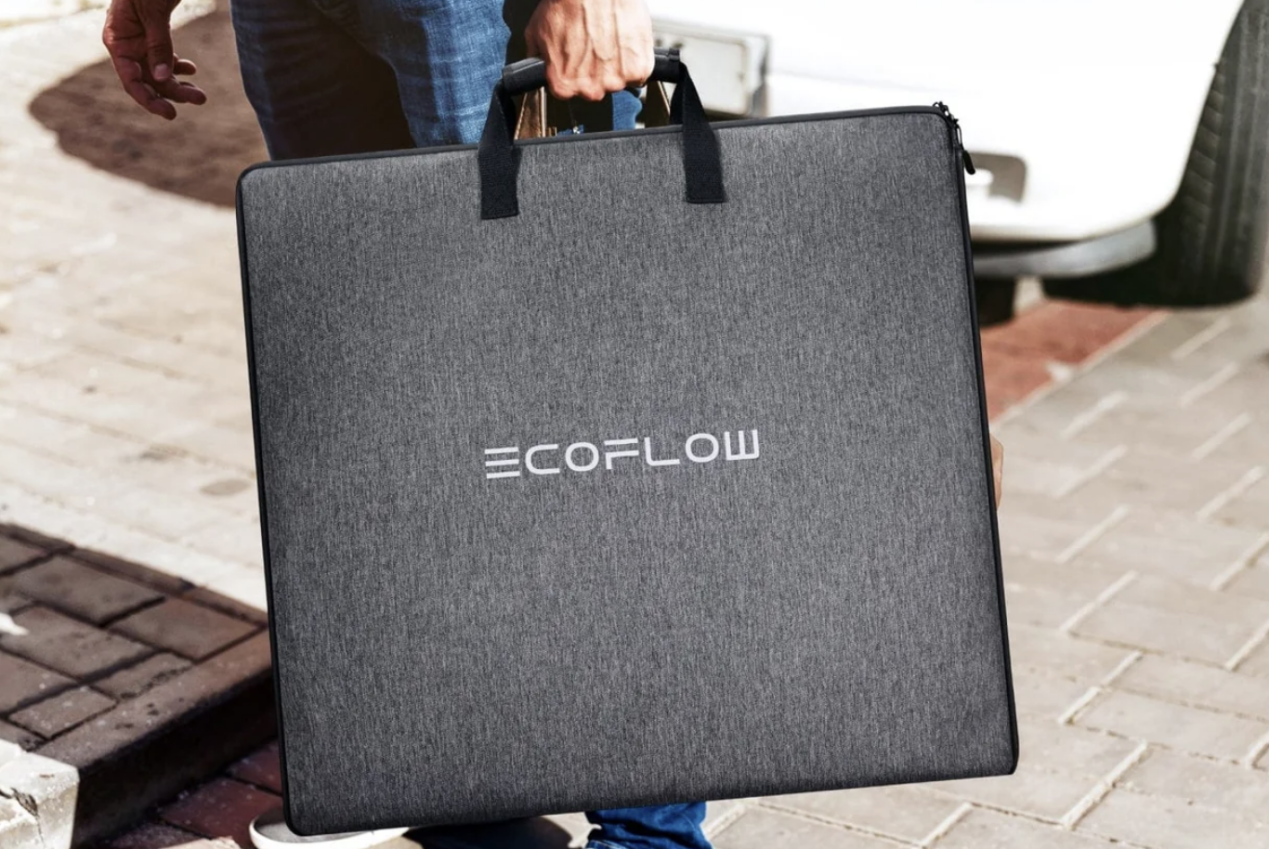Choosing the right trailer can significantly affect your transport efficiency, load safety, and overall operational performance. Two commonly used trailer types in construction, farming, and logistics are tag trailers and dog trailers. While they may appear similar at first glance, their structural differences and operational capabilities serve very different purposes. Whether you’re transporting light machinery or hauling heavy-duty equipment across long distances, understanding the difference between these trailer types is essential. Additionally, many professionals prefer using Beavertail Trailers to improve the loading and unloading process, regardless of which base trailer they select.
Both Tag Trailers and Dog Trailers have specific scenarios in which they are best suited. Tag Trailers, with their straightforward design, shine in urban hauls and tight job sites, while Dog Trailers excel in rugged terrains and long-haul heavy loads.
You can use custom stickers from GSJJ to decorate the appearance of the vehicle and personalize your own trailer. These stickers, featuring logos, bold graphics, or even fleet numbers, stick firmly to metal surfaces, resisting weather and wear. For Tag Trailers navigating city streets, they add brand flair; for Dog Trailers trekking remote areas, they make your rig stand out, blending functionality with a unique identity.

Understanding Tag Trailers
Tag trailers are trailers that attach to a truck using a rigid drawbar or a hitch. The front axle turns do not have a front axle. Thus, they are aligned directly with the vehicle. The rigid construct of tag trailers makes them the best alternative for driving in crowded urban areas, and they are also more predictable to use when reversing. The engineers of the tag trailers for rigid trucks suggest them mainly for urban and construction sites, where they can transport equipment short distances to different locations. Also, these trailers are usually chosen for transporting equipment, and day-to-day use in cities or on construction sites, where space may be limited.
Tag trailers are truly the simplest ones and don’t require high maintenance. These two or three axle trailers are almost always used to carry a diverse range of machinery or goods. Tag trailers become even more effective when combined with Beavertail Trailers. The sloped rear section of a beavertail trailer allows the wheeled machinery to be driven directly on the deck, thereby minimizing the risk of damage and removing the need for detachable loading ramps. That extra functionality makes them the first choice for tag trailers among contractors and small business operators needing a flexible, easy-to-use transport solution.
Exploring Dog Trailers
The major difference in the structure and operation of dog trailers is that they have the pivoting front axle group that is connected to the towing vehicle via a drawbar. This design provides the trailer with greater flexibility and easier navigability in the case of complex job sites and rough terrain. Dog trailers are better for hauling heavy loads and transporting goods over long distances due to the fact that, compared to other types of trailers, they can better distribute the weight on multiple axles. Their turning ability also allows for smoother navigation on narrow or uneven roads, which is a key benefit for operators working in rural or off-road conditions.
Dog trailers are usually combined with trucks that are articulated. This is what allows bigger payloads so that the trailer can now carry more equipment or goods with fewer trips which is more efficient. For those transporting oversized or heavy machinery, the combination of a dog trailer with Beavertail Trailers is especially beneficial. The beavertail design ensures smoother loading, even for low-clearance vehicles or awkwardly shaped machinery. It also increases operational efficiency, as operators can spend less time preparing and securing loads.
Which Trailer Should You Choose?
The decision of whether to go for a tag trailer or a dog trailer is decided by the specifics of your work and the type of the towing vehicle you have. If you operate in city environments, transport lighter equipment, or rely on rigid trucks, a tag trailer may be the most suitable option. Its ease of use, lower maintenance costs, and compatibility with Beavertail Trailers make it an excellent choice for quick, short-haul tasks. The added beavertail feature also enhances safety and speeds up the loading process, which is crucial for high-volume jobs.
On the contrary, if your work involves long hauls, heavy loads, or rough terrain, a dog trailer is possible to offer you a better deal. Its supreme weight distribution and maneuverability go further in making you feel more secure and reliable on rugged roads. When a dog trailer and Beavertail Trailers are put together, even the heaviest and awkwardly shaped machinery can be loaded onto the transport unit in no time, therefore maximizing the loading rate.
Why Beavertail Trailers Enhance Both Options
Using either tag trailer or a dog trailer will be much more beneficial if they are in conjunction with Beavertail Trailers. The beavertail design enables faster and safer loading of wheeled or tracked equipment. It eliminates the necessity of ramps and creates a gentler incline, which benefits both operators and equipment. In this respect, the Beavertail Trailers have become an increasingly popular choice among different industries and have proven to be a handy tool making every type of job site more efficient and practical.
While making a choice between the trailer types, let alone practical loading features you should not forget the importance of them. Beavertail Trailers are a great path to gain higher efficiency, whether you’re navigating urban streets with a tag trailer or tackling rugged terrain with a dog trailer. Selecting the proper combination for your firm will ensure that it runs much more clearly, safely, and efficiently every day.
YOU MAY ALSO LIKE: Luxury Villas Italy Le Collectionist: Discover Unparalleled Elegance











